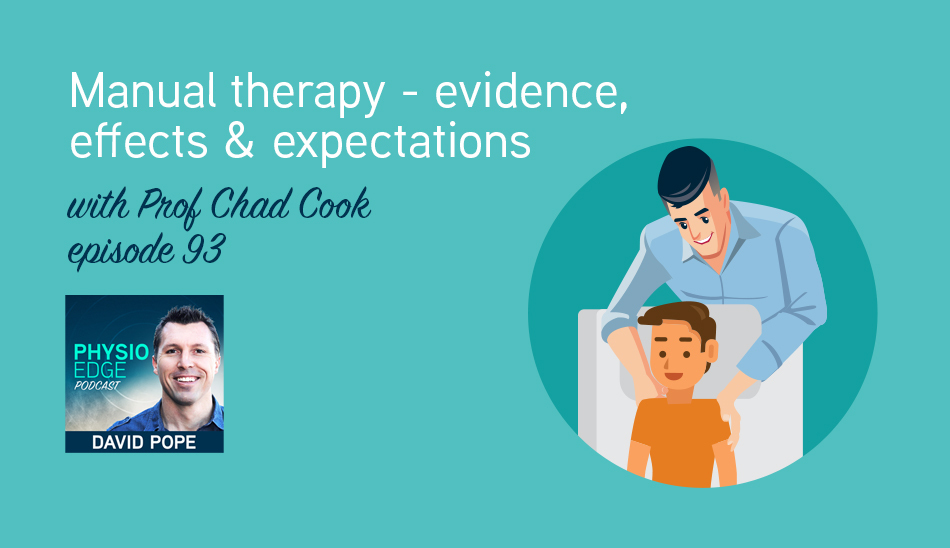
Manual therapy (MT) comes in all shapes and sizes - mobilisation, manipulation, mobilisation with movement, soft tissue massage, instrument assisted massage, muscle energy techniques, pointy elbows pressed into flesh and more. Patients (often) love it, and it's a popular treatment modality with therapists.
Debate rages, and myths and misconceptions surround MT. Is MT evidence-based? Could the time we spend performing MT be better spent elsewhere? How does MT work? Is it worth using if treatment effects are short lived? Is it just used as revenue raising by therapists, while creating reliance on passive therapies? Which patients may benefit from MT, and which patients you should steer away from MT?
In this podcast, clinical researcher, physical therapist and Professor at Duke University, Prof Chad Cook, we discuss the evidence around MT, myths and misconceptions, how MT works, and using your clinical reasoning to decide when and how to utilise MT.
You'll discover:
- What is the current evidence around MT
- What are the arguments for and against manual therapy?
- How does MT work - potential mechanisms
- Does MT break up scar tissue or adhesions, correct biomechanical dysfunction or joint alignment?
- How to explain MT to your patients
- How to identify pain adaptive and non pain adaptive patients, and why this is important regardless of the treatment
- How to use clinical reasoning with MT
- How to select MT techniques
- How many sessions of MT should patients receive?
- Does MT cause harm and patient reliance?
- How to identify and change patient treatment expectations





